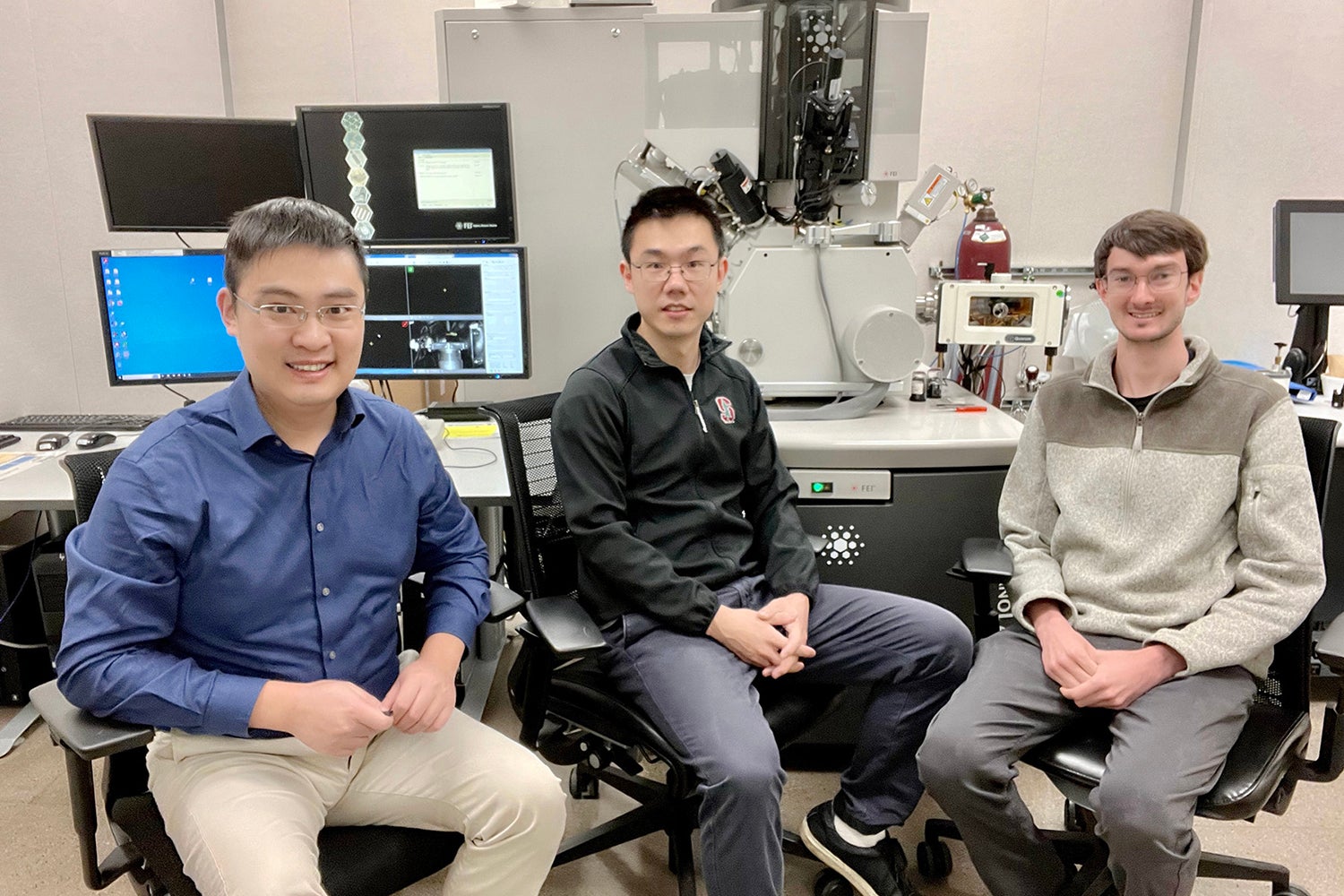Olde Hornet
Well-Known Member

Mystery of impediment to a next-gen battery solved | Stanford News
In the race for fast-charging, energy-dense lithium metal batteries, researchers discovered why the promising solid electrolyte version has not performed as hoped. This could help new designs – and eventually battery production – avoid the problem.
Stanford scientists illuminate barrier to next-generation battery that charges very quickly
In the race for fast-charging, energy-dense lithium metal batteries, researchers discovered why the promising solid electrolyte version has not performed as hoped. This could help new designs – and eventually battery production – avoid the problem.
New lithium metal batteries with solid electrolytes are lightweight, nonflammable, pack a lot of energy, and can be recharged very quickly, but they have been slow to develop due to mysterious short circuiting and failure. Now, researchers at Stanford University and SLAC National Accelerator Laboratory say they have solved the mystery.
It comes down to stress – mechanical stress to be more precise – especially during potent recharging.
“Just modest indentation, bending or twisting of the batteries can cause nanoscopic fissures in the materials to open and lithium to intrude into the solid electrolyte causing it to short circuit,” explained senior author William Chueh, an associate professor of materials science and engineering in the School of Engineering, and of energy sciences and engineering in the new Stanford Doerr School of Sustainability.
“Even dust or other impurities introduced in manufacturing can generate enough stress to cause failure,” said Chueh, who directed the research with Wendy Gu, an assistant professor of mechanical engineering.
The problem of failing solid electrolytes is not new and many have studied the phenomenon. Theories abound as to what exactly is the cause. Some say the unintended flow of electrons is to blame, while others point to chemistry. Yet others theorize different forces are at play.
